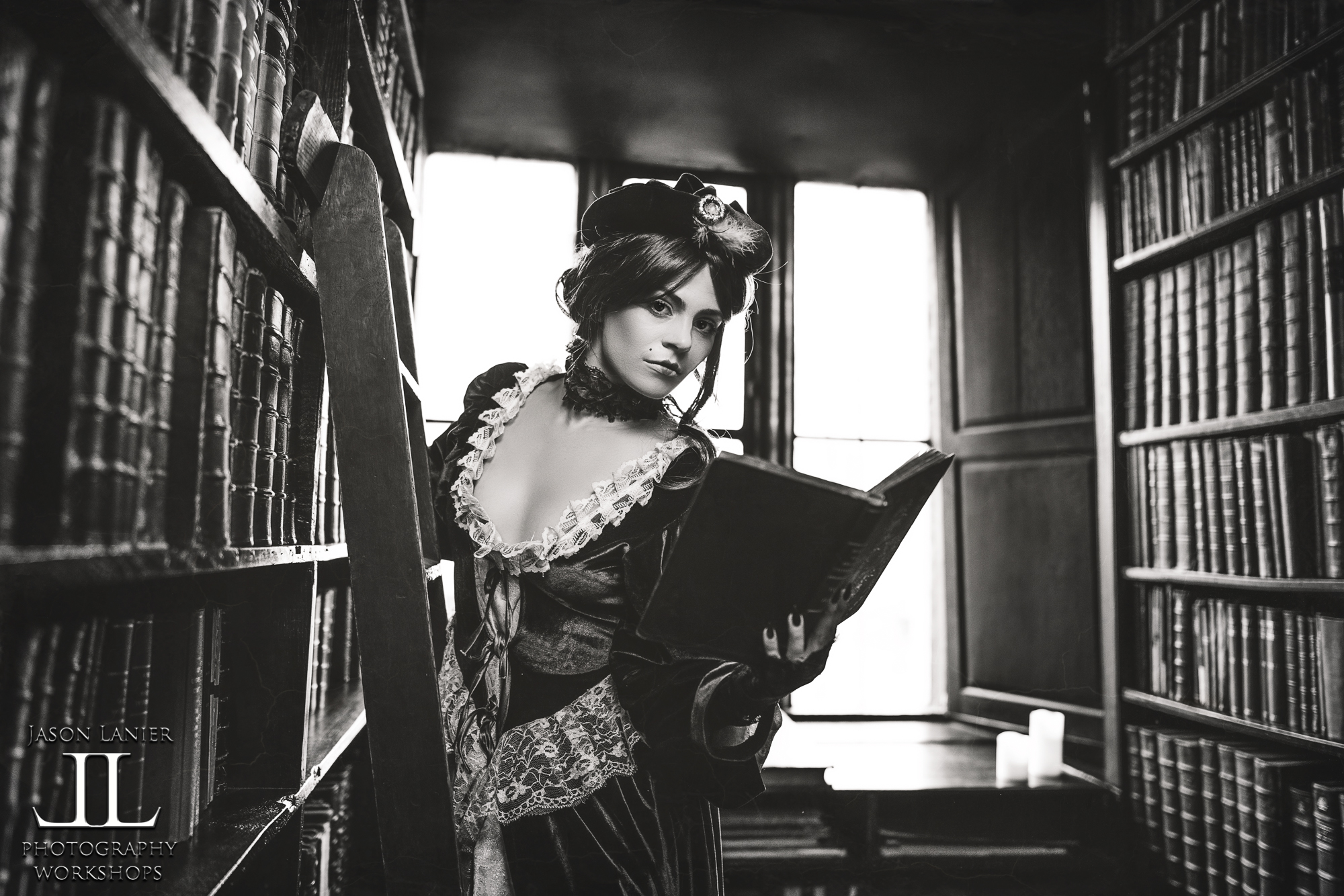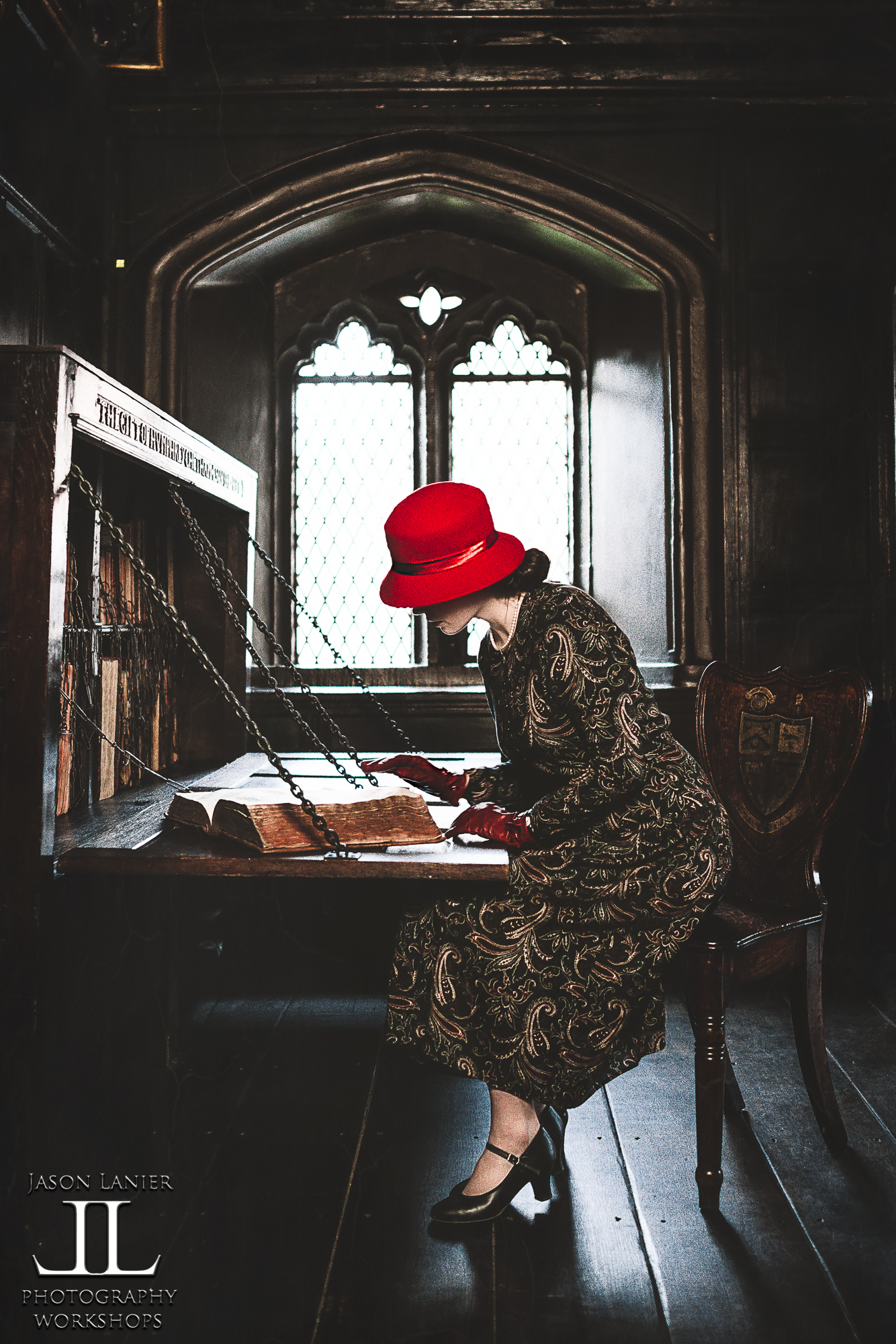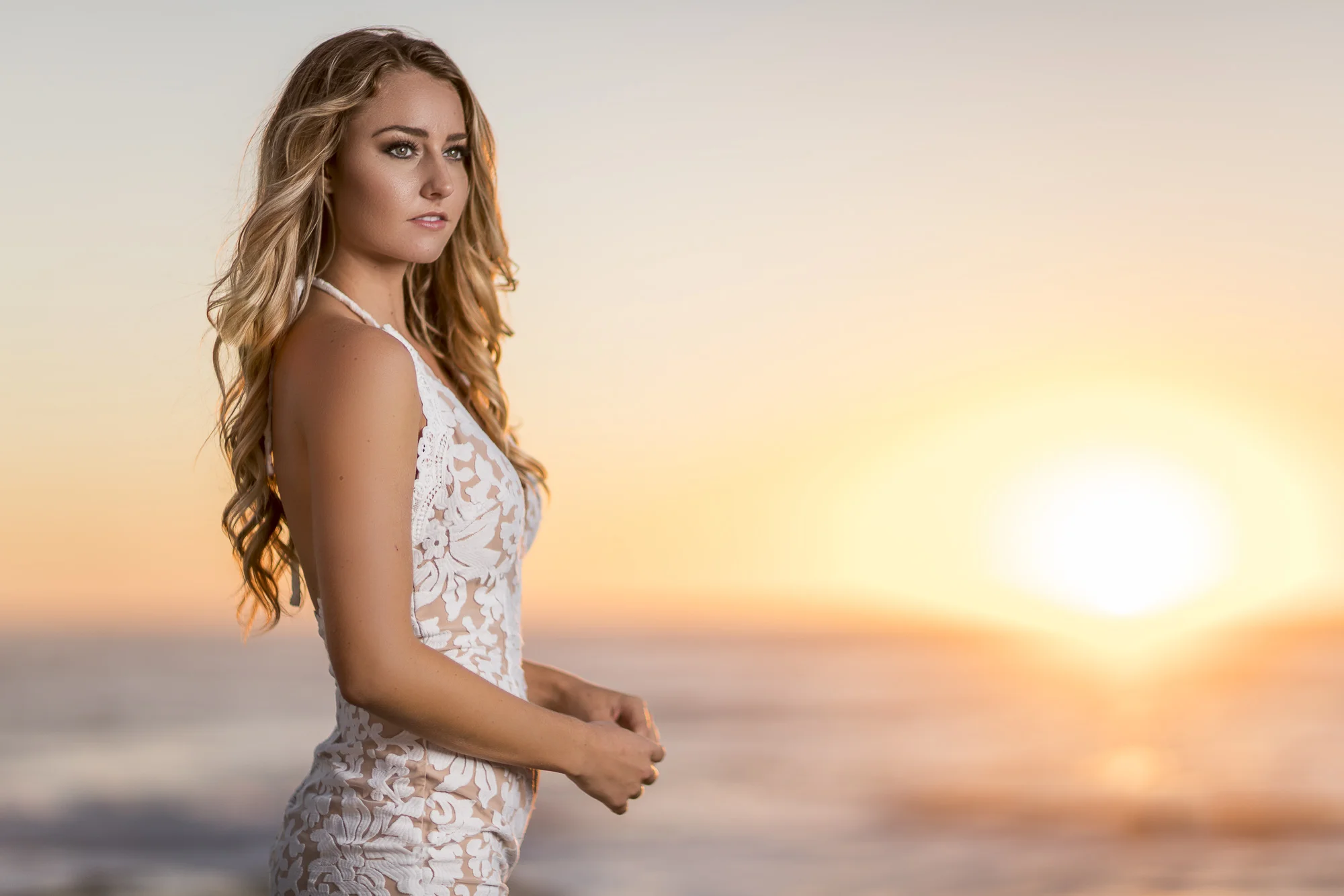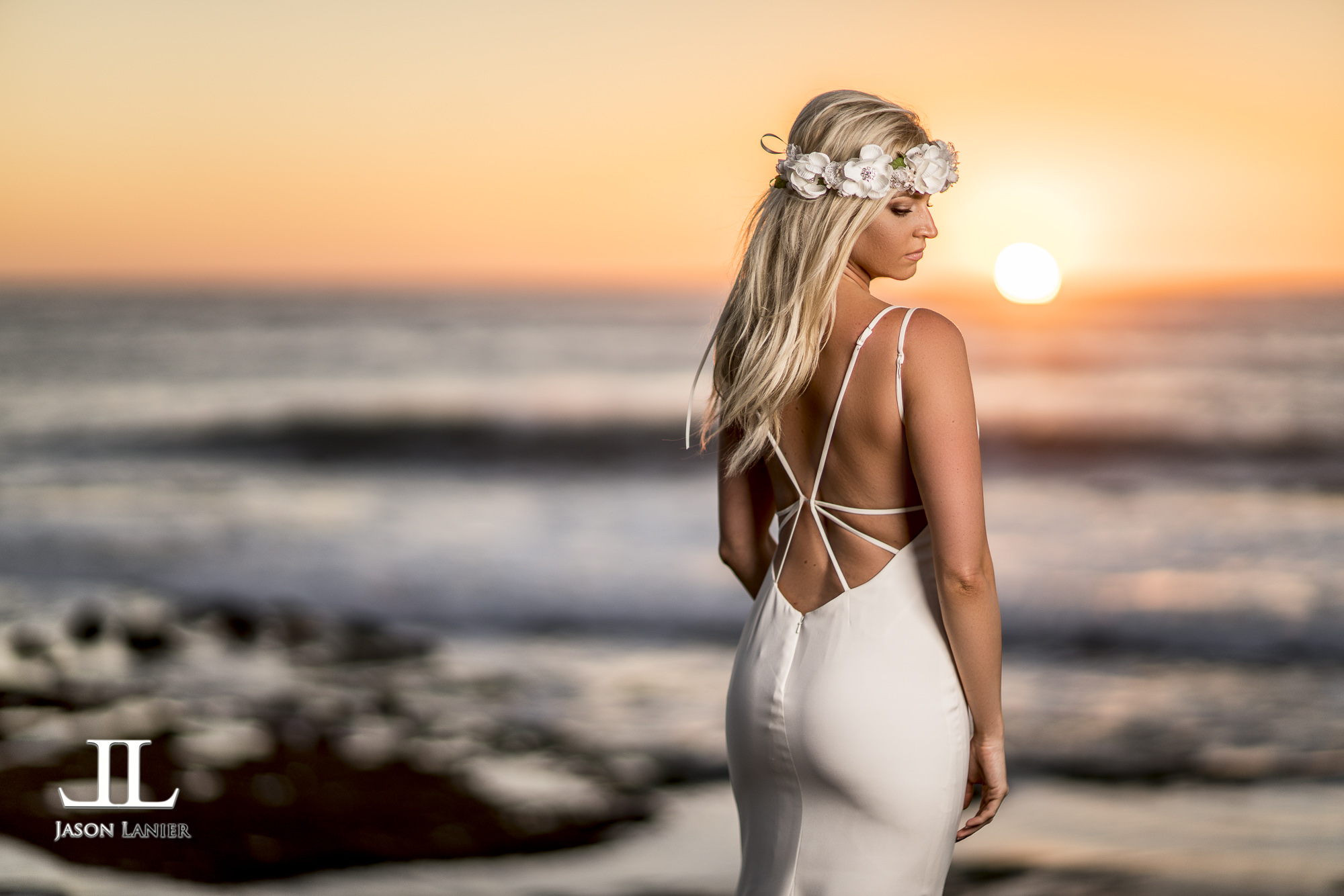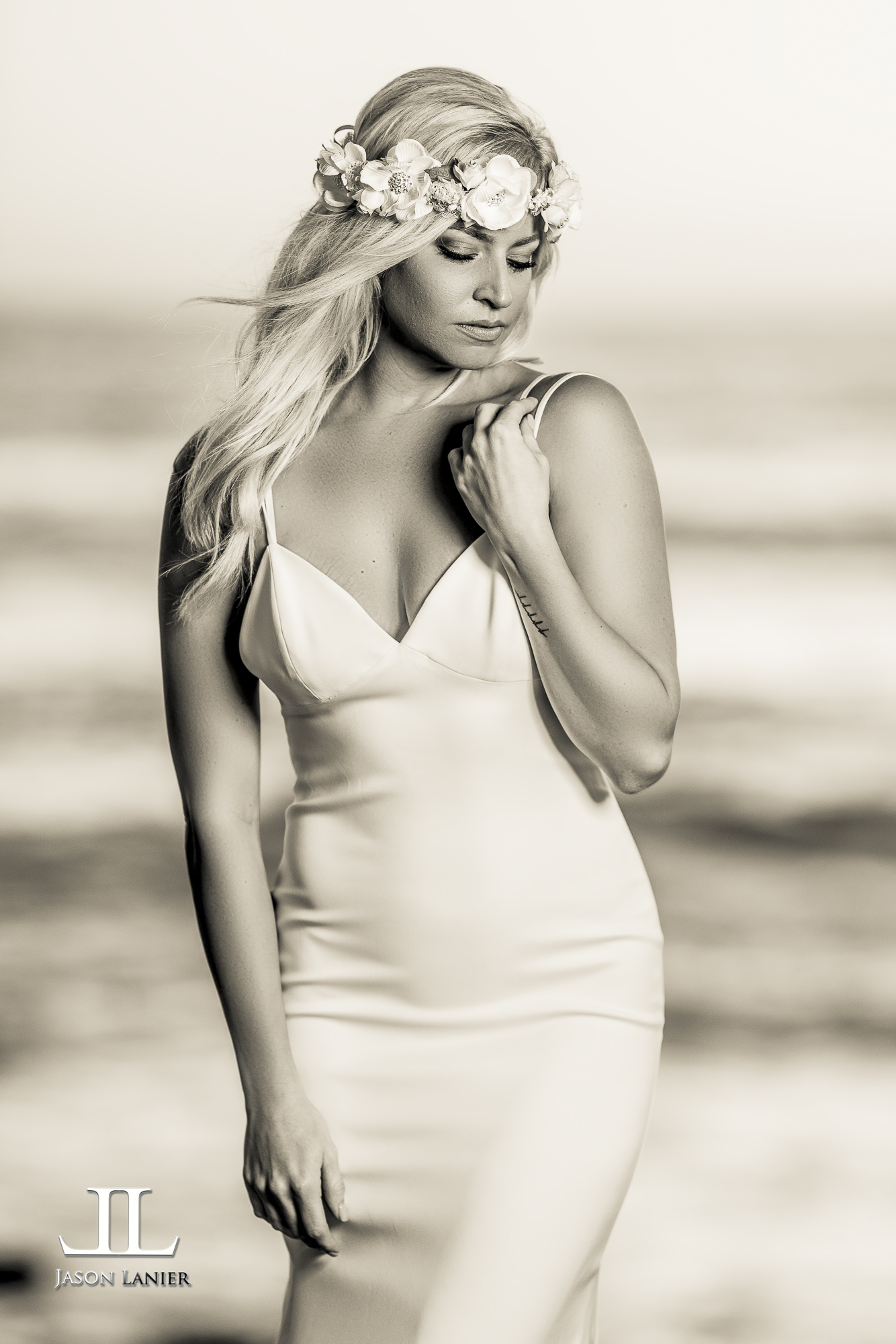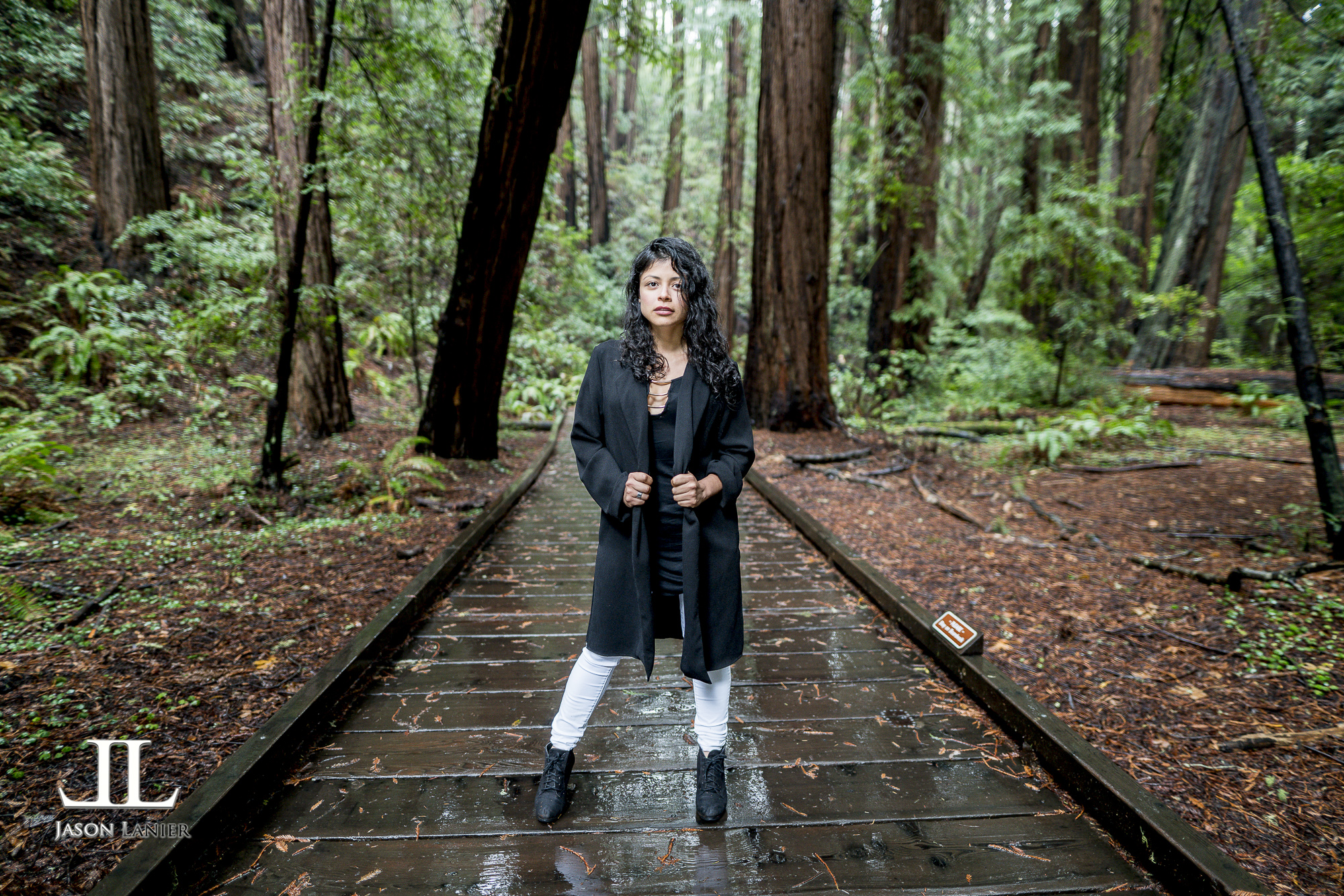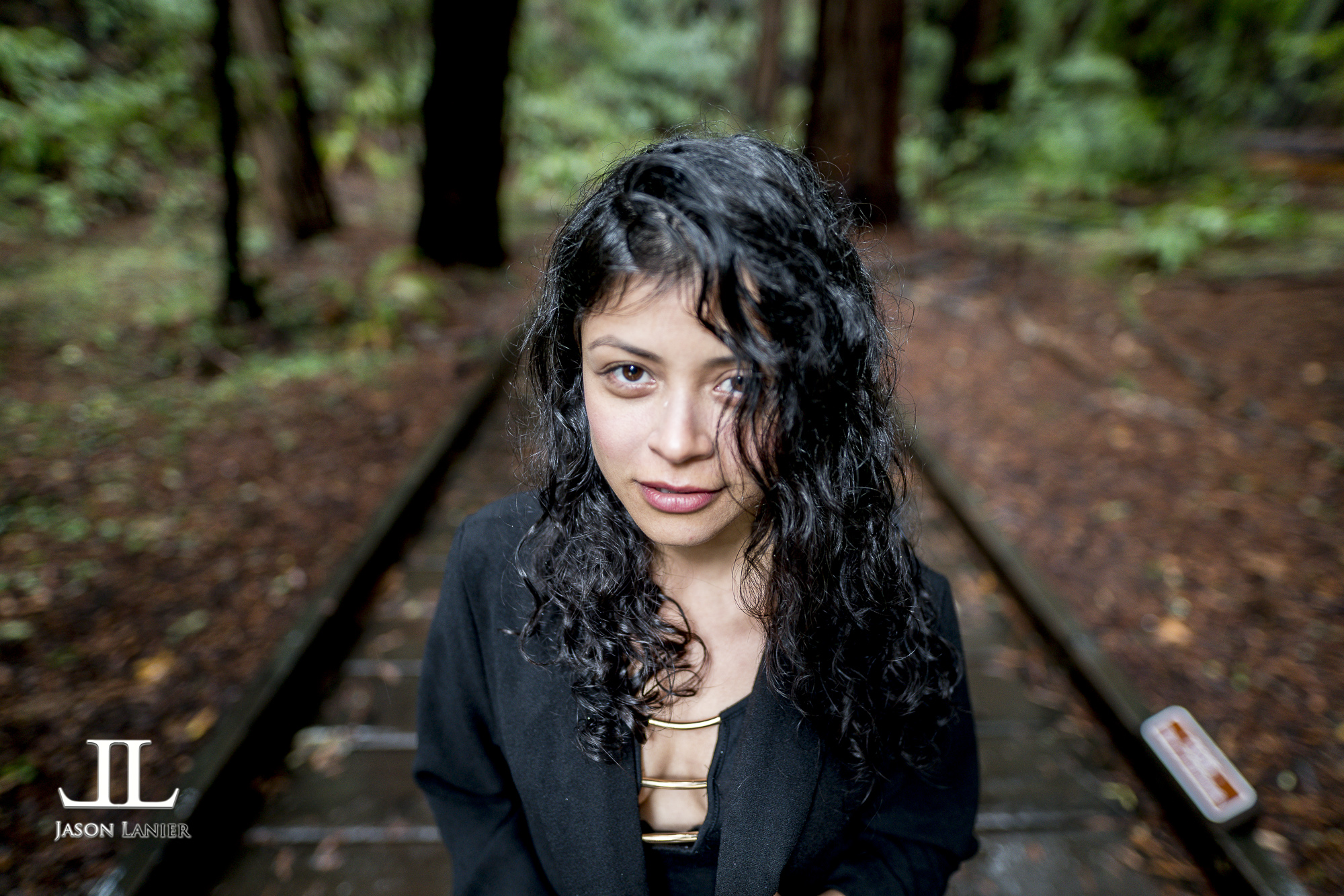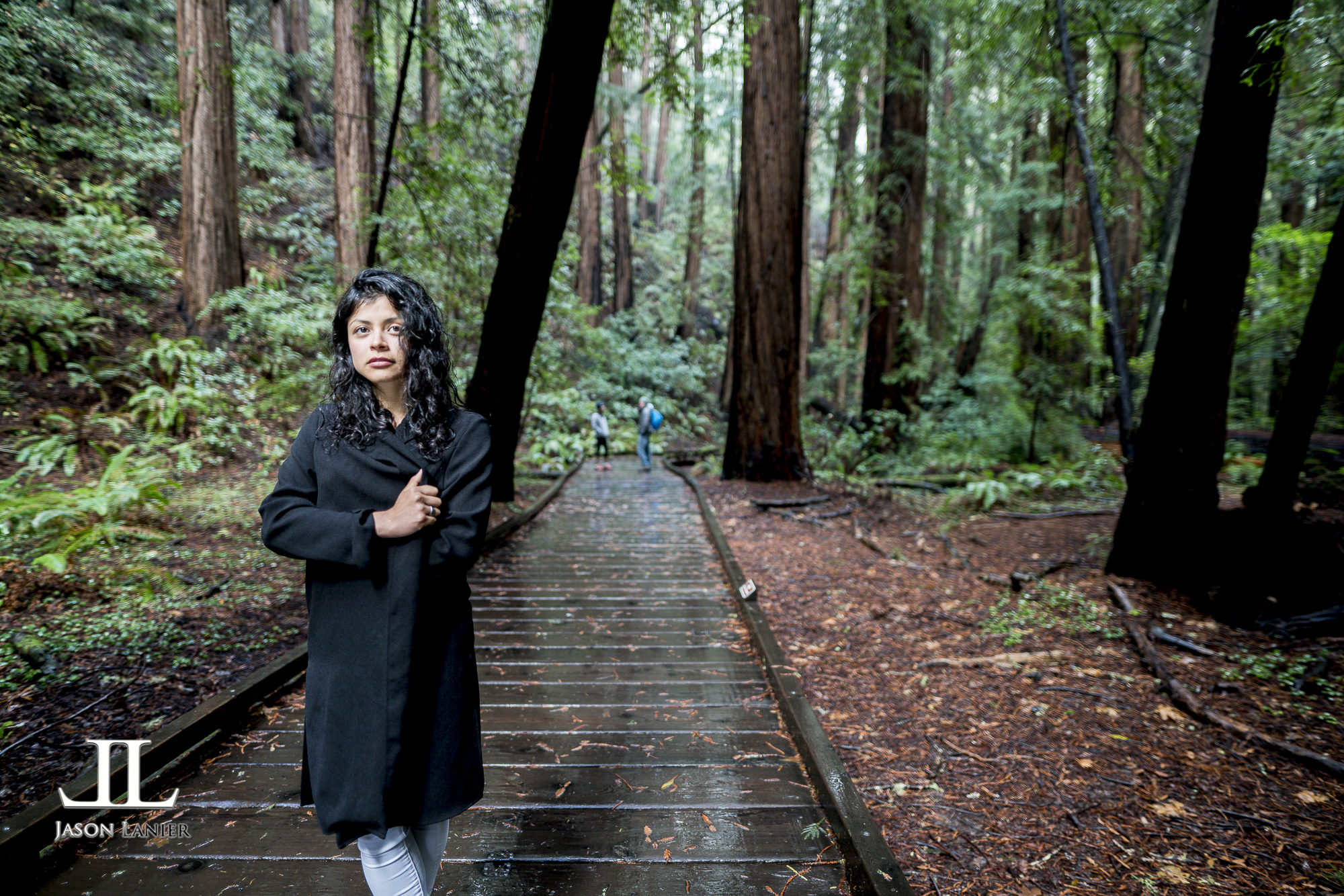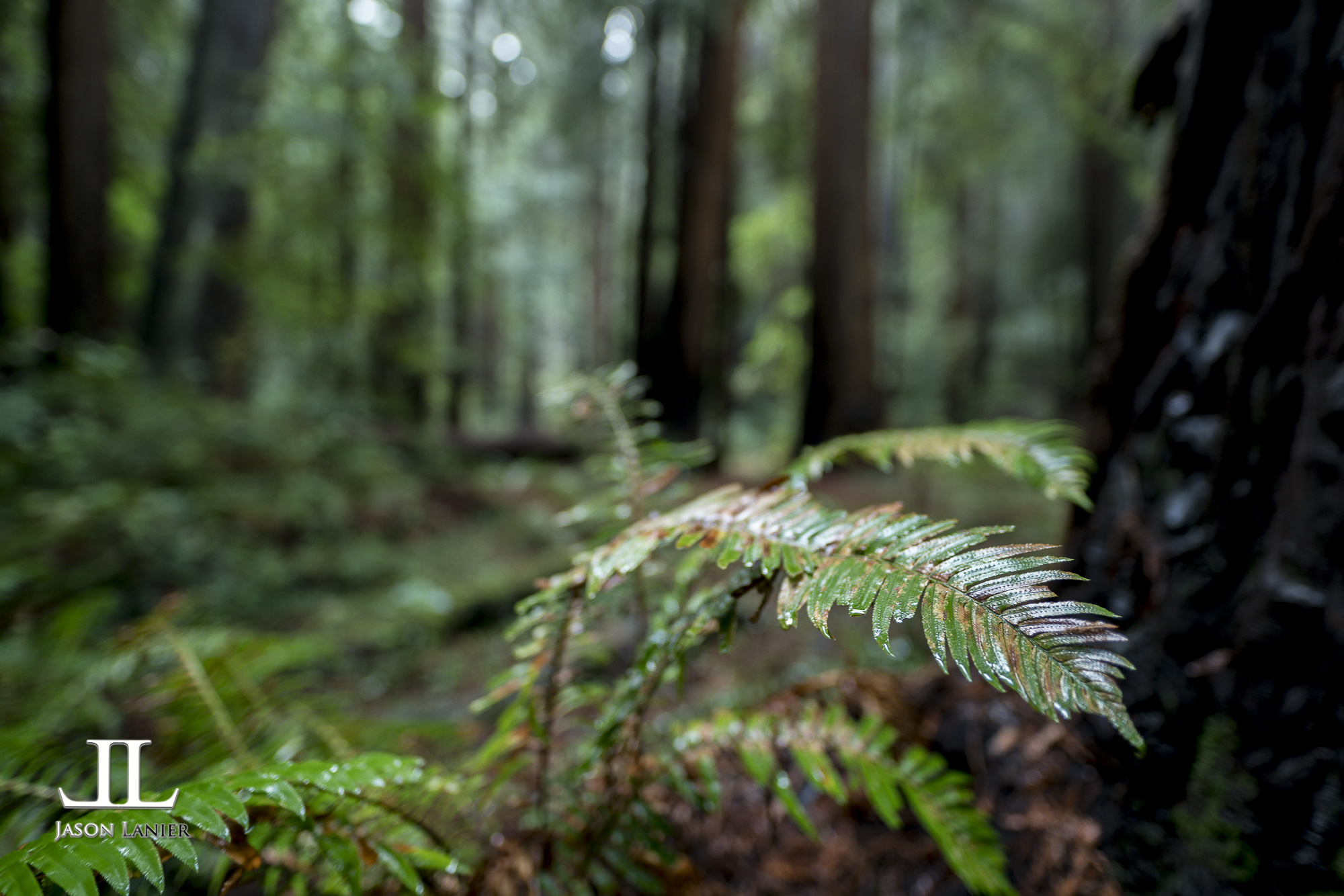Jason Lanier photographs Emily Rinaldo in an abandoned hotel in Kauai, Hawaii using the Sony A7Riii and Godox Ad600 Pro modified by the Westcott Rapidbox XXL. Jason shot this with the Sony Zeiss 50 mm f/ 1.4 lens and Sigma Art 20 mm f/ 1.4 lens. Let us know what you think in the comments below. Thanks for viewing!
Viewing entries tagged
sigma art lens
Early November 2018 I found myself in Manchester, England doing a workshop for Sony, Rotolight and Jessops Camera at the historic Chethams Library. Sony offered me the opportunity to use one of their 24mm G Master lenses to do some shooting fun with the newest G Master to the Sony family.
How could I say no? To watch the video from this shoot please click below:
This was an interesting lens for me. I’m not gonna lie, I originally had no intention on testing it out. Why? Well, it was simple. I have a TON of lenses. I mean I think I’ve blown my kids inheritance on lenses over the past number of years as I’ve purchased nearly ALL of the Sony E mount and FE mount lenses.
On top of that I already own a Sigma 20mm f/1.4 Art lens, so I just didn’t find myself in a position where I felt I needed another lens. But since I was already there, at the event, and since Sony was offering….I put it on my Sony A7Riii and decided to put it through it’s paces.
Initial thoughts when first handling it:
*Very light! I couldn’t believe how lightweight the lens is. I don’t know what Sony is doing with their glass but they are really breaking some new ground in delivering high quality, LOW weight lenses. This lens is right up the alley of the 400mm which is very light and high quality. This lens is HALF the weight of it’s bigger brother, the 85mm G Master.
*Feels solid- the lens like all the other G Masters the lens feels very solid and has all the stuff you want with a top of the line lens incuding an aperture ring, focus lock buttons, the ability to turn the focus on and off on the lens etc.
Thoughts when shooting with the lens:
*Very fast focus
*Makes no sound when using autofocus which could be good for video purposes for those who elect to use AF for their video work.
*Very sharp- I was impressed with the accuracy of the focus system, especially when shooting wide open at f/1.4 which as many people know, I shoot all the time.
Below are the images taken at the shoot:
PROS:
*Performance- Works just as you’d expect a top of the line lens to perform.
*Lightweight- the lightest of all the G Masters.
*Affordable…kinda- it’s the most affordable lens of the G Master family. But not many people would consider $1,398 cheap lol.
*Portable- due to it’s size and weight it’s a better choice for a travel lens than the Sony Zeiss 35mm f/1.4.
*Versatile- this is the kind of lens that can do A LOT. I could see myself using this as a wedding photographer for wide angle portraits, reception shots, ceremony shots etc. I mean being able to crank down to f/1.4 for low light ceremonies and receptions could be a lifesaver over the 16-35mm G Master at f/2.8 for example. I could also see myself using this lens a lot for videography purposes.
CONS:
*Other Options- to be fair there are other options out there, most notably the Sigma Art 24mm f/1.4. I personally own two Sigma Art lenses, the 105mm and the 20mm, both f/1.4 lenses. While they aren’t QUITE the level of the G Masters, they are pretty damn awesome, especially for the price. As a comparison the Sigma is $849 which is 40% cheaper than the Sony, so if you don’t have all the bucks for the G Master, the Sigma might look pretty enticing. It should be noted the Sigma doesn’t have the aperture ring which is very useful for videography work. But you’ll have to determine if that matters for you or not.
Summary:
If you have the money and want a versatile lens I think this is a great choice. Let’s face it, I think all the G Masters could be summed up similarly. Some may not be versatile, but all of them are amazing if you have the money. I personally own all of the G Masters except for the 400mm…but I have shot with that one extensively as well. If you have the money and don’t want to compromise performance the G Masters are a safe bet. But if you aren’t fortunate enough to be able to afford all of them, it is good to know that other options are popping up in the marketplace like the Sigma Art series and also some new offerings by Tamron.
**Links to Gear in the video and shoot:
*Sony A7Riii-
*Sony 24mm G Master-
*Rotolight Neo 2- www.rotolight.com, promo code: jasonlanier10
*Rotolight Aeos- www.rotolight.com, promo code: jasonlanier10
*Westcott Halo- https://www.fjwestcott.com/45-round-halo?acc=1c383cd30b7c298ab50293adfecb7b18
I want to thank you for joining me on my blog for this review. Please drop a comment below and let me know what you think about the lens and if this review was helpful to you. Also let me know what gear you’d like me to review in future episodes.
Instagram links to the awesome models from the shoot:
*Emily Rinaldo- @em.explores
*Victoria Lucie- @victoria.lucie
Thanks!
Jason
I get lots of questions about the adapted lenses that I use. Should I use the Sigma MC-11 Adapter or the Metabones Adapter? Well recently I had the opportunity to shoot with the MC-11 Adapter during my commercial shoot for Mia Bella Couture.
First I used the 20mm f/1.4 Art lens that I was really excited to try. It's the fastest aperture wide angle lens on the market that also does Auto Focus. It's a canon mount lens made by Sigma and I have to say...it is truly a nice lens. Very sharp and when paired with the MC-11 Adapter it behaves as close to a native Sony FE lens that you will find. Below are some of the shots taken with the 20mm Art lens on my Sony A7Rii. All shots were taken at f/1.4:
I then wanted to get some shots a little bit tighter so I put the 85mm Canon L lens on it and shot it wide open at f/1.2. The adapter performed at the same level as the Metabones adapter which was really nice to see. Below are shots taken with the 85mm:
The sun was close to being all the way set so I quickly put on the 200mm Canon L lens which also performed very well. These were all taken at f/2.8:
All in all it was a great shoot and the MC11 performed very well. Please take a moment to check out the video to see how the shoot went. Flash was the Flashpoint Xplor600 with the Westcott Rapid Box XL as the modifier. For links to the gear that was used please see below:
*Flashpoint Xplor600 monolight-
Thank you for taking the time to visit my blog. I truly hope the information is useful. Please click on subscribe so you're notified everytime we have a new blog post...:)
Thanks!
Jason
One of the best things about shooting Sony is I get to use so many awesome adapted lenses. I've used Minolta, Canon, Nikon alongside my native Sony glass for years now. But recently Sigma announced a new adapter, the MC11, and this adapter opened up the Sigma Canon mount glass to the Sony World.
I already owned a lot of the lenses (either Canon or Sony) in the same focal range as the Sigma Art glass available. The one lens that nobody offers except for Sigma is the 20mm f/1.4. I had to give it a go. So I bought it and started using it.
Simply put, it's a magnificent piece of glass for the price. On the MC11 adapter it focuses very well and gives some fantastic results. Shooting wide open it delivers very sharp results on the area of focus and creates some great separation between your subject and background, very reminiscent of that Zeiss pop that I'm used to with my Zeiss Batis and Sony Zeiss lenses.
Below are links to the gear used in the video I created to show you all what I think of this lens. There are also sample images taken. I hope you enjoy and also hope it really helps you all out there!!
Links to Gear:



